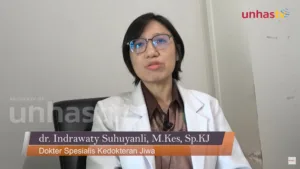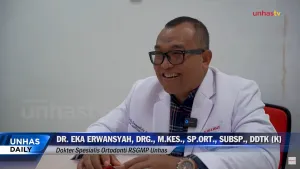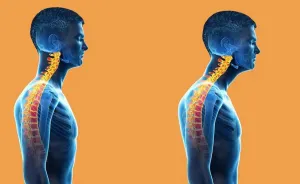Referensi Ilmiah
- Johnston, S. C., et al. (2000). Short-term prognosis after emergency department diagnosis of TIA. JAMA, 284(22), 2901-2906.
- Gorelick, P. B., et al. (2004). Headache as a warning symptom of impending stroke. Stroke, 35(6), 1415-1420.
- Lackland, D. T., et al. (2017). Factors influencing the decline in stroke mortality. JAMA, 317(5), 535-542.
- Lavallée, P. C., et al. (2010). Transient visual symptoms and stroke risk. Neurology, 74(9), 711-718.
- Easton, J. D., et al. (2019). Definition and evaluation of transient ischemic attack. The Lancet, 373(9669), 1127-1133.
- Furie, K. L., et al. (2013). Guidelines for the prevention of stroke in patients with stroke or transient ischemic attack. New England Journal of Medicine, 368(11), 1033-1041.
- Kerber, K. A., et al. (2015). Dizziness and stroke risk in the emergency department. Stroke, 46(4), 1080-1087.
- Sabia, S., et al. (2020). Midlife cognitive decline and subsequent stroke risk. Neurology, 94(12), e1296-e1306.
- Wolf, P. A., et al. (1991). Atrial fibrillation as an independent risk factor for stroke. Stroke, 22(8), 983-988.
- Grundy, S. M., et al. (2018). 2018 AHA/ACC guideline on the management of blood cholesterol. Circulation, 139(25), e1082-e1143.
Mengenali tanda-tanda awal stroke yang berpotensi dapat menyelamatkan nyawa. Gejala seperti TIA, sakit kepala hebat, perubahan penglihatan, atau mati rasa memerlukan perhatian segera. Bersamaan dengan pengelolaan faktor risiko seperti hipertensi dan diabetes, intervensi dini dapat mencegah stroke yang menghancurkan. Tetap waspada, pantau kesehatan Anda, dan konsultasikan dengan profesional medis jika Anda melihat tanda-tanda peringatan ini.(*)






-1024x683-300x201.webp)




